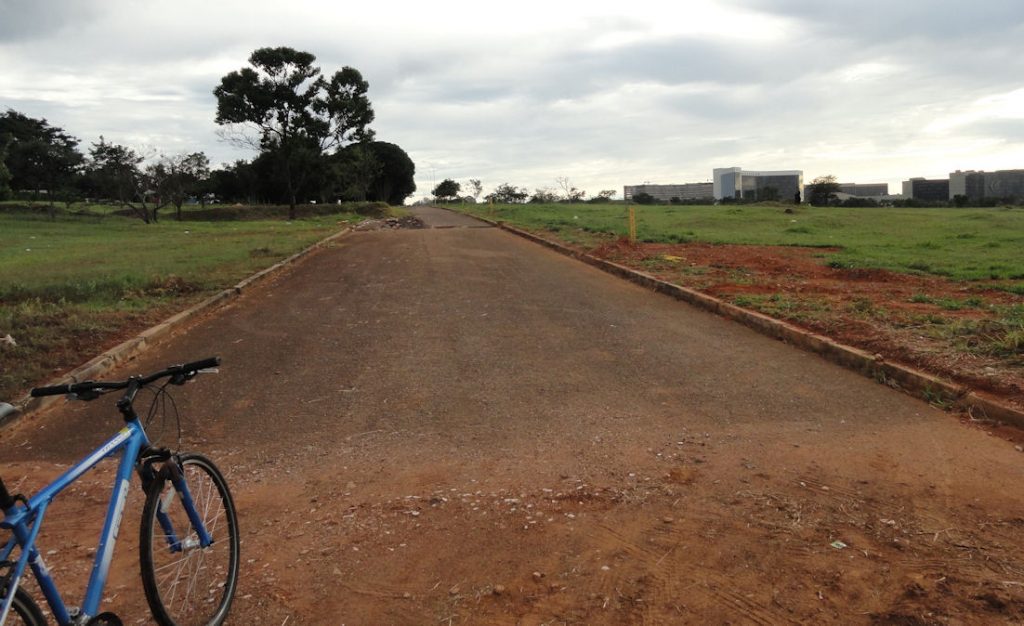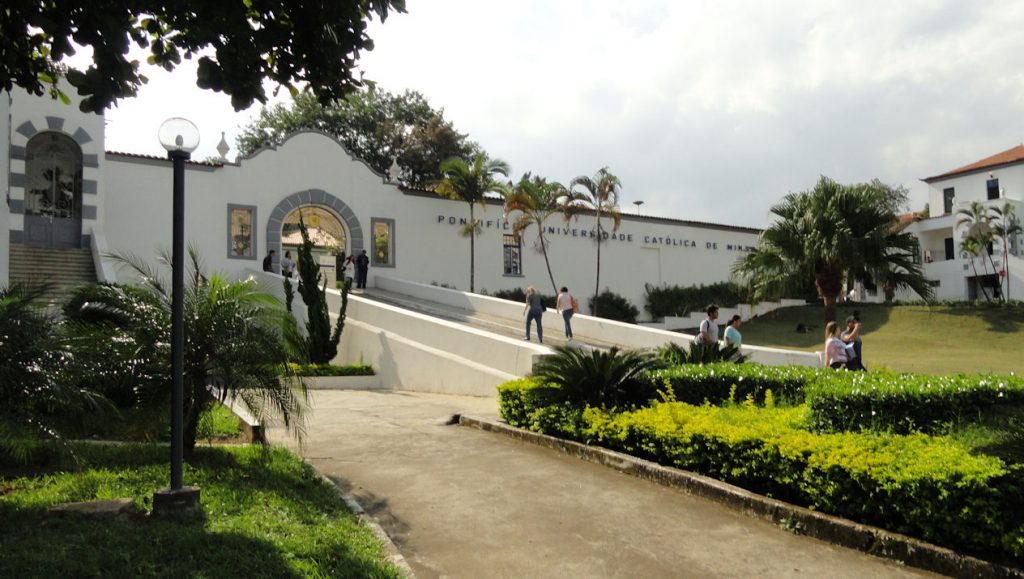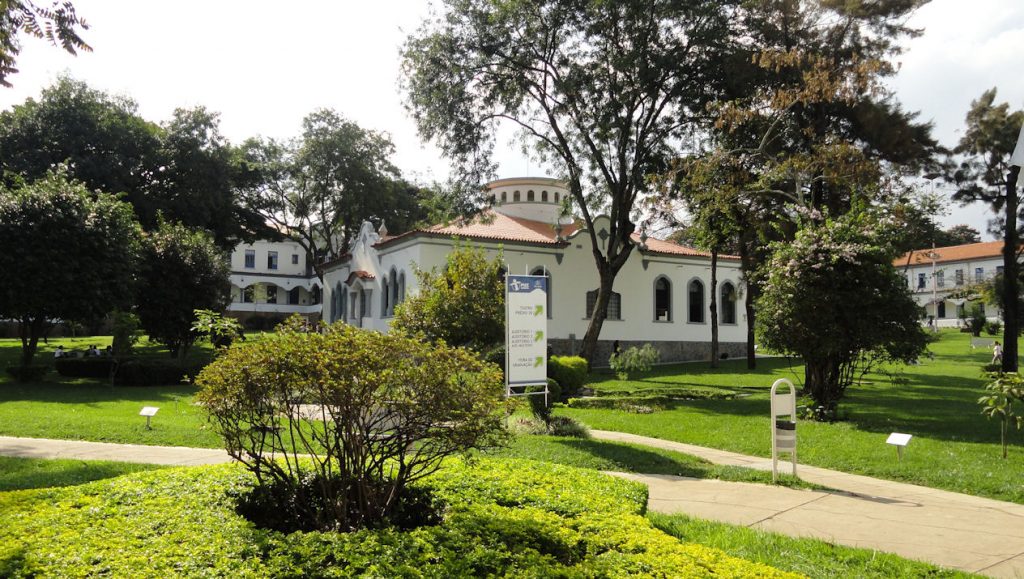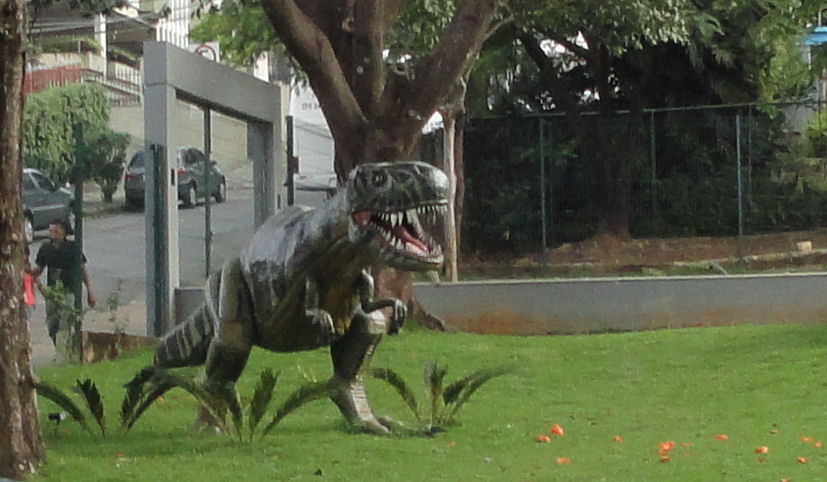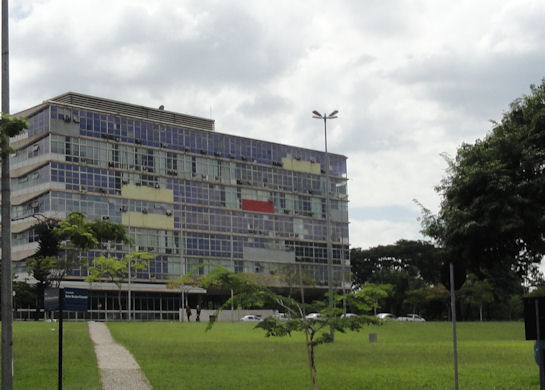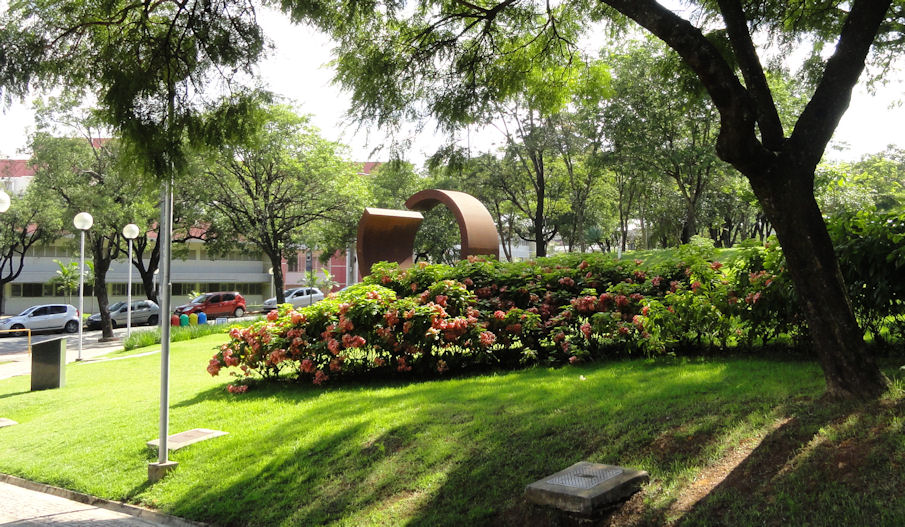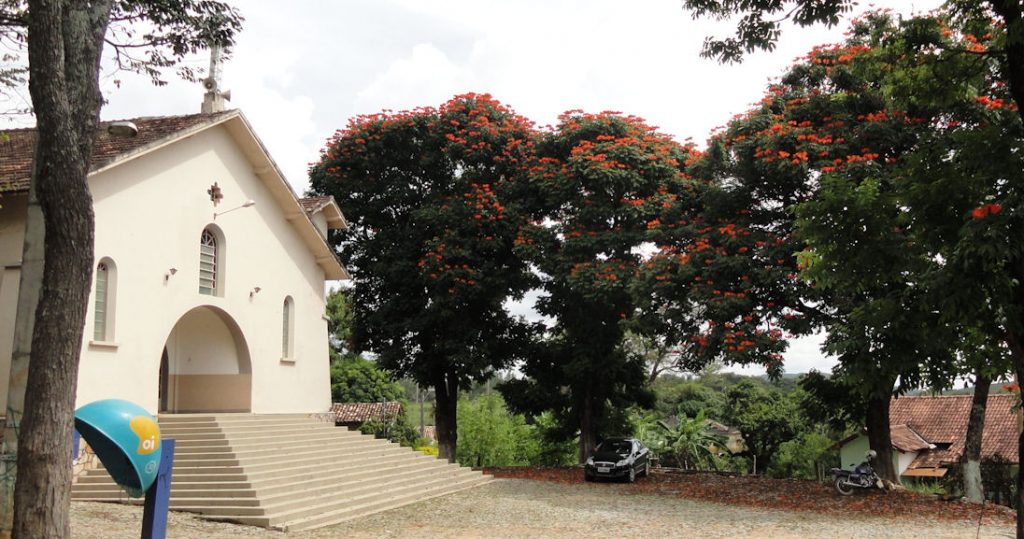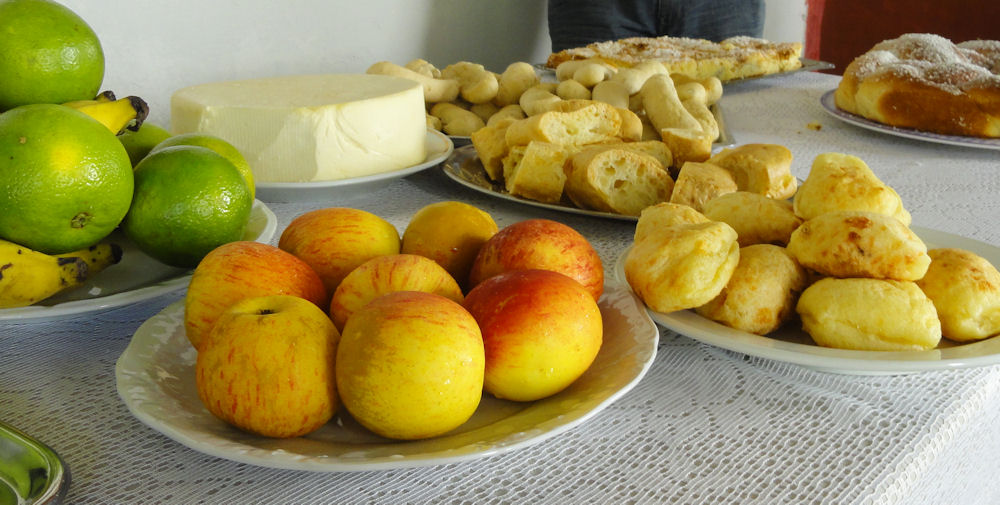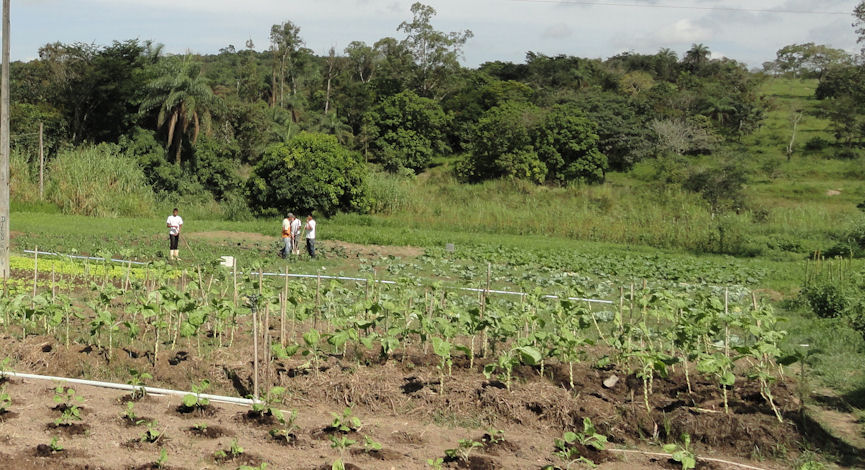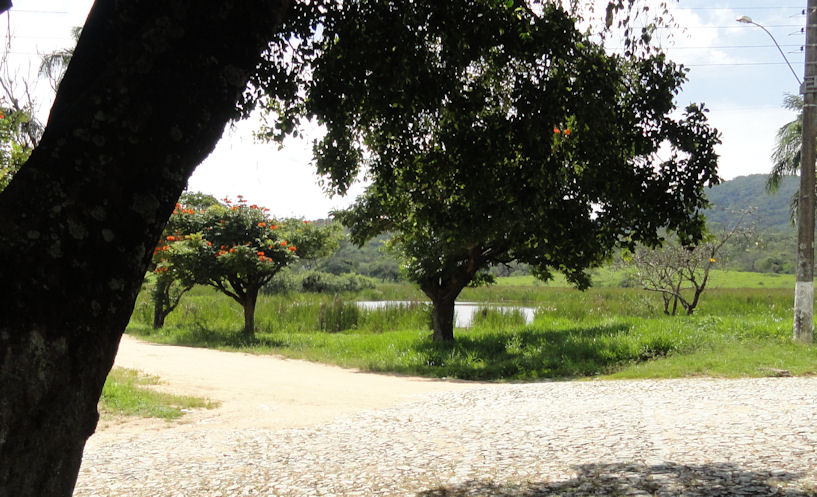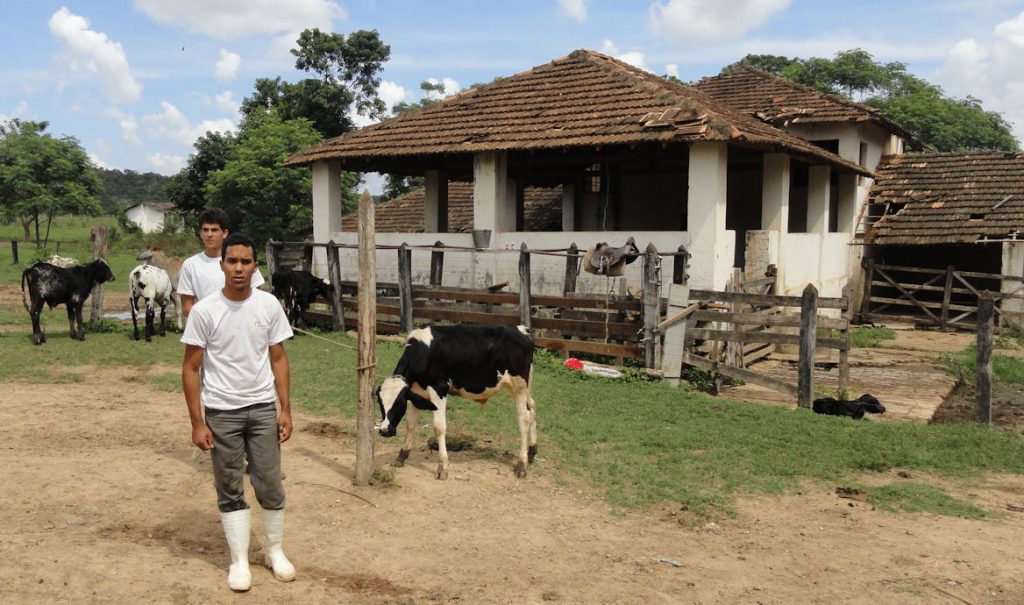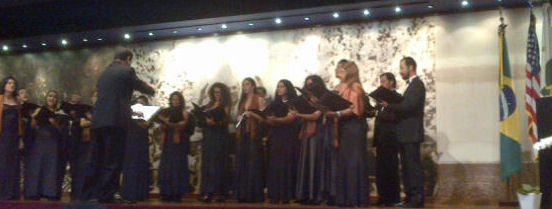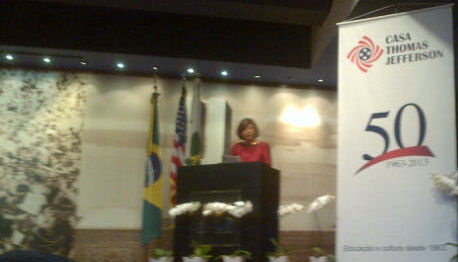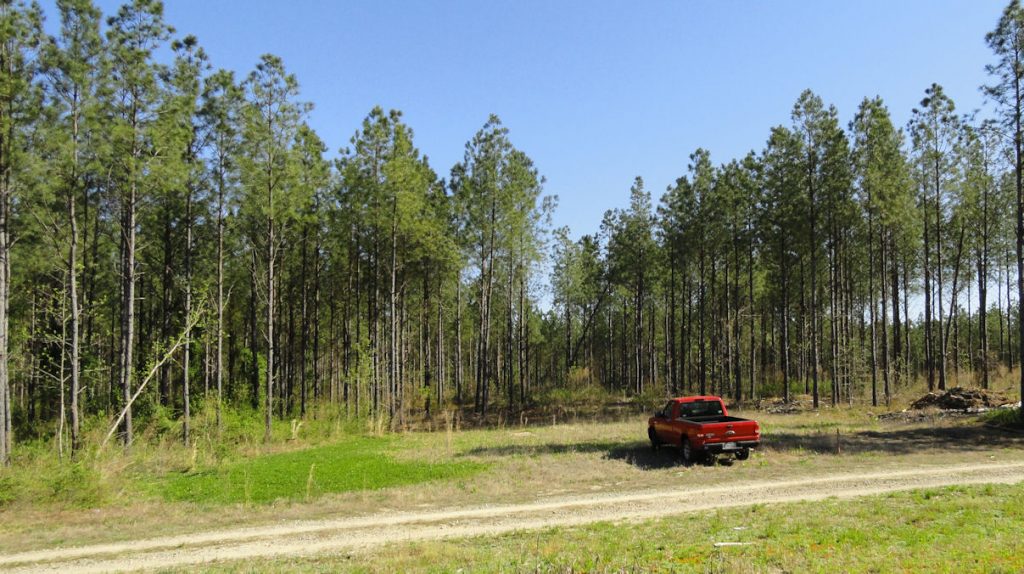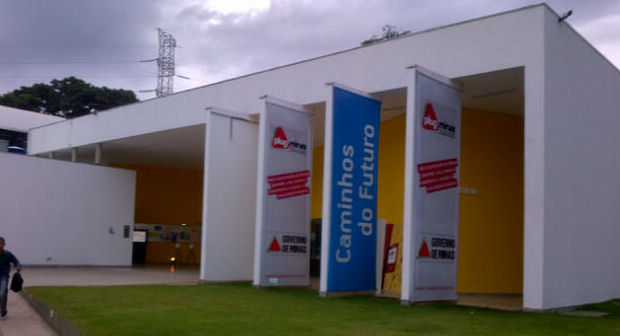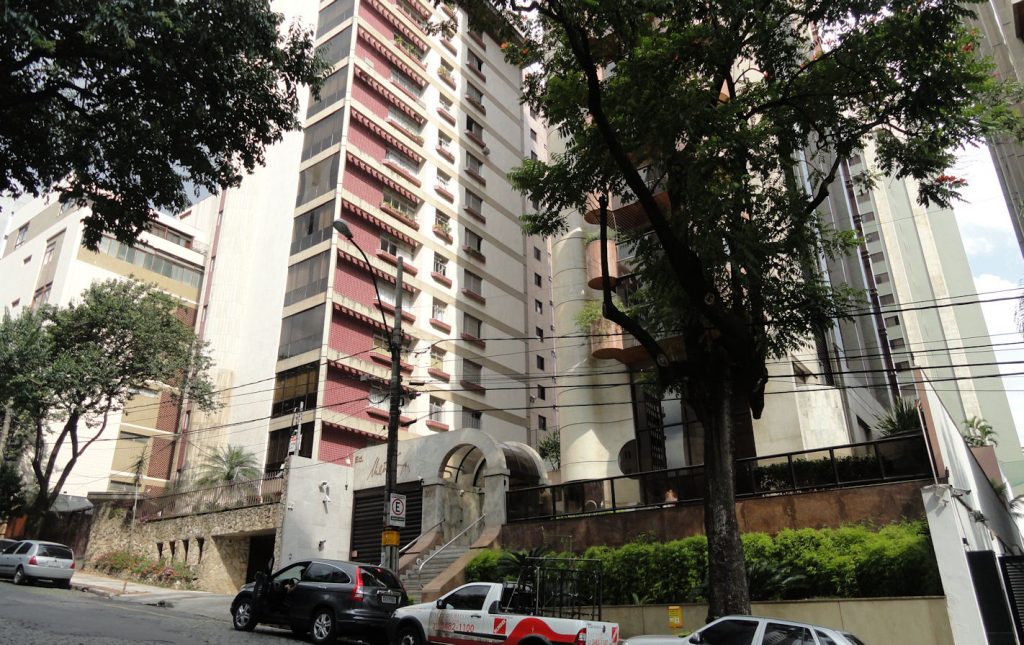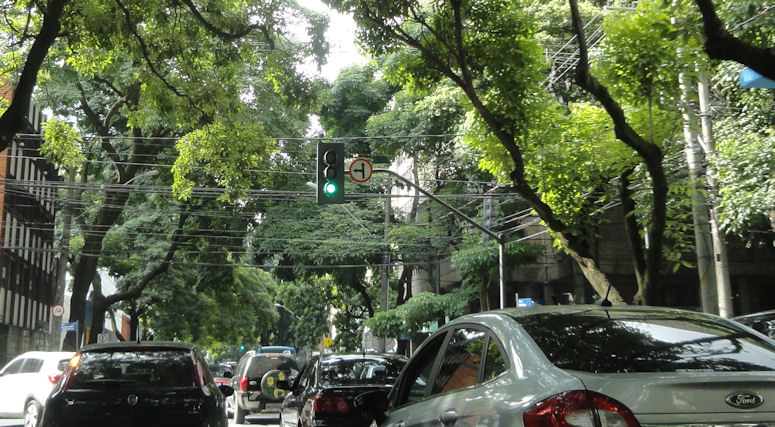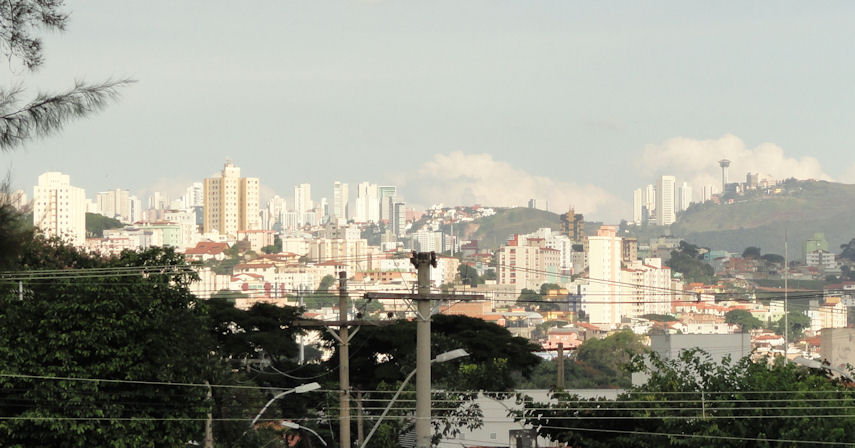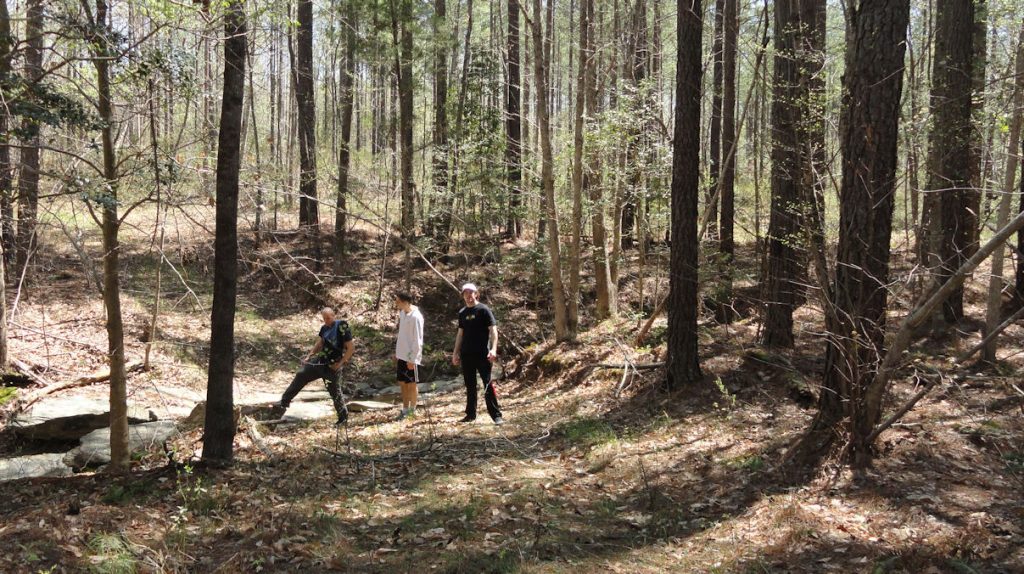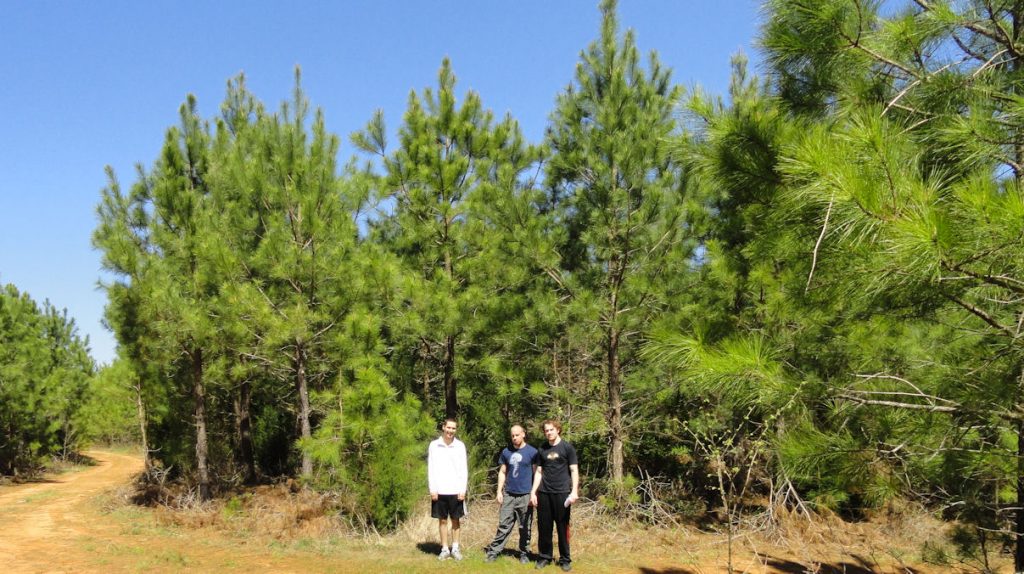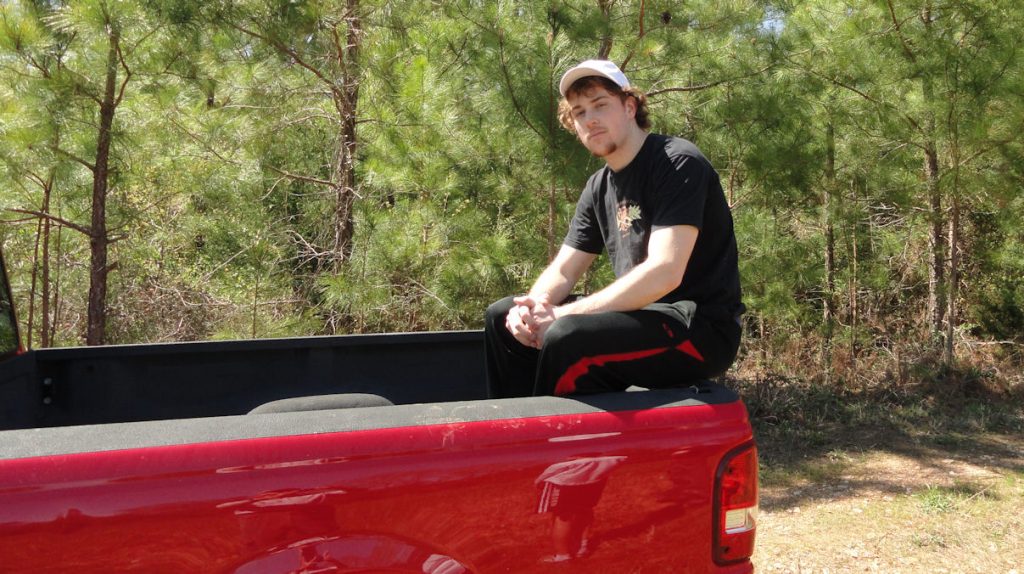A successful public affairs program depends much more on understanding of the environment and having the capacity for flexibility than it does on any kind of actual step-by-step planning. There is a process but not a plan. I know that my colleagues and I can find and use opportunities and I am sure the opportunities will be out there, but I cannot tell you what they will be. If I did, I would have to aim very low indeed and I would miss the big chances.
Hunting analogies are a little UN-PC, but humankind grew up as hunters-gatherers. It is what we are good at doing. We work naturally well in small teams when the teams are empowered to choose tactics toward a bigger goal. So let me take a hunting analogy. We are out hunting rabbits when we find a moose. Do we continue chasing that rabbit and would we be considered failures for bringing back a moose instead of a rabbit? What if we don’t see any game animals at all but find a hive full of honey? The reason we should be flexible is because the goal is not hunting rabbits or hunting at all. The goal is to find food to allow our community to survive, thrive and prosper.
Our industrial society achieved great success but changing this paradigm. In our machine age paradigm we did indeed insist on the industrial equivalents of rabbits, but we were so productive and so adapt at controlling the environment that it made sense in many situations. To take my analogy maybe too far, the rabbit factory was not equipped to process a moose. The unexpected opportunity was worse than useless; it actually caused trouble for the machines. I had an interesting education about this in forestry. The mills are set up to take particular size trees, in Virginia it is often about the size of a 30-40 years old loblolly pine. A bigger tree is of little significantly less value, since it just doesn’t fit in the machines. Much of our human organizations are still machine-like. This is sometimes stated as an indictment of modern society, but it should not be. There is nothing more efficient than a machine bureaucracy in a controlled and predictable environment. My hypothetical rabbit processing operation will produce a lot more usable protein than one that is flexible enough to take a wider variety of inputs, providing you can assure the preferred inputs and you want to product.
Some parts of our public affairs operations can still effectively be treated as a machine bureaucracy. These are the core functions. Processing visitors is a good example, as is producing editorials or fact sheets. The visitors and facts are very different, but the process is very similar.
The part of public affairs that remains in the hunter-gatherer paradigm is mine. Public affairs officers and their colleagues have the unstructured job of scanning the environment for opportunities and threats. The moose or the mammoth is still more important than the rabbits or the chickens in our world. But like our ancestors, we cannot guarantee finding them. Our world is even more uncertain than the hunter’s. The hunter knew the moose was good eating and understood some of the risks and rewards of taking it on. The hunter also had no way of creating more moose and the moose was unlikely to cooperate with the hunters to achieve some kind of win-win outcome.
We don’t face the zero-sum relationship the hunters did. Knowledge of the environment and the capacity to make friends and cooperate with allies means that smart decisions can vastly multiply our results. We can sometimes achieve exponential results, where 2+2= 100 or more.
But we still face the environmental constraints. We need to take the opportunities when they are available. This means we need to allow ourselves to become seriously “unbalanced” when the opportunities are there. We must “neglect” important parts of our programs and sacrifice some good things in the pursuit of better things. We must also be willing to cut and kill programs that are not working, recognizing that those programs on the chopping block may well have been our beloved stars of the recent past.
This is hard to do. It requires judgment and the decision maker will always be second-guessed. It is a curse of human perception that we really cannot see how things might have been. A bold decision will create lots of change. A great decision will create mostly positive results but there will always be some losses. Choosing one path involves not taking others. Those other paths have potential gains too. After the decision is made and the one path taken, other will look down the paths not taken and often assume all the good things would have happened with none of the failures. Imagination can always produce better results than reality.
Putting up with this kind of second-guessing is the price of making decisions. If you expect to be praised by everybody when you do things right, you are seriously mistaken and probably unsuited to leadership. I take some pride in annoying some people. If I think they are wrong, I hope that they dislike what I do. Make sure the good people are with you and don’t worry about the ankle biters. I am approaching my second year in Brazil and we have achieved great things. But none of the biggest things, the things I think will do sustainable good, were part of my plans when I arrived in Brazil in June 2011. My slow moving dreams were overtaken by much bigger, better and faster aspirations of our Brazilian friends. Our choice was to stick with our plans and be able to take full credit for small success or join with others and deploy our small powers to leverage a much larger one. With our friends we can take down that wholly mammoth. By ourselves, we can knock a rabbit on the head, maybe corner a chipmunk.
Looking back at my last two years in Brazil, I achieved almost none of my plans. But WE did much better. Good people understand and the others don’t matter.



